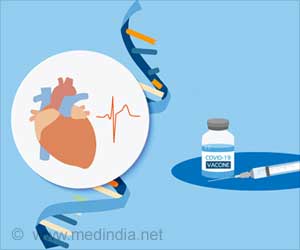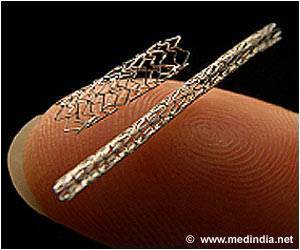Scientists at the University of Toronto's Institute of Biomaterials & Biomedical Engineering (IBBME) and the McEwen Centre for Regenerative Medicine have made a breakthrough

Electrical pulses were applied to the arrhythmic tissues to get the irregularly beating tissue into a state of regular contractions.
"Hearts are not just composed of one type of cell," said fourth-year IBBME PhD student Nimalan Thavandiran, who is the first author of the study.
Scientists have not been able to combine the many cell types in engineered heart tissue in a manner that the tissue achieves the composition and maturity level of the native human heart.
Scientists cracked the problem by systematically sorting out different cell types taken from human pluripotent stem cells and mixing them together in a precise way.
"The composition of the cells is vital. We discovered that a mixture of 25 per cent cardiac fibroblasts (skin-like cells) to 75 per cent cardiomyoctes (heart cells) worked best," said Thavandiran.
 MEDINDIA
MEDINDIA
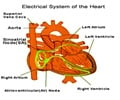
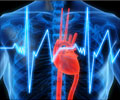

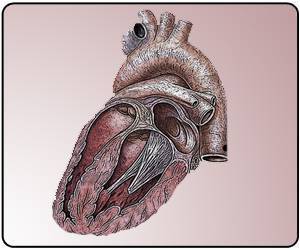
 Email
Email
